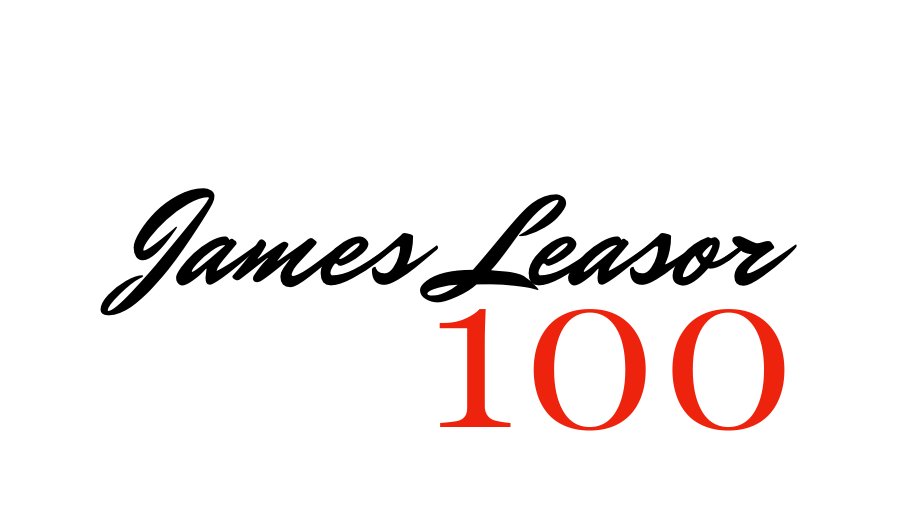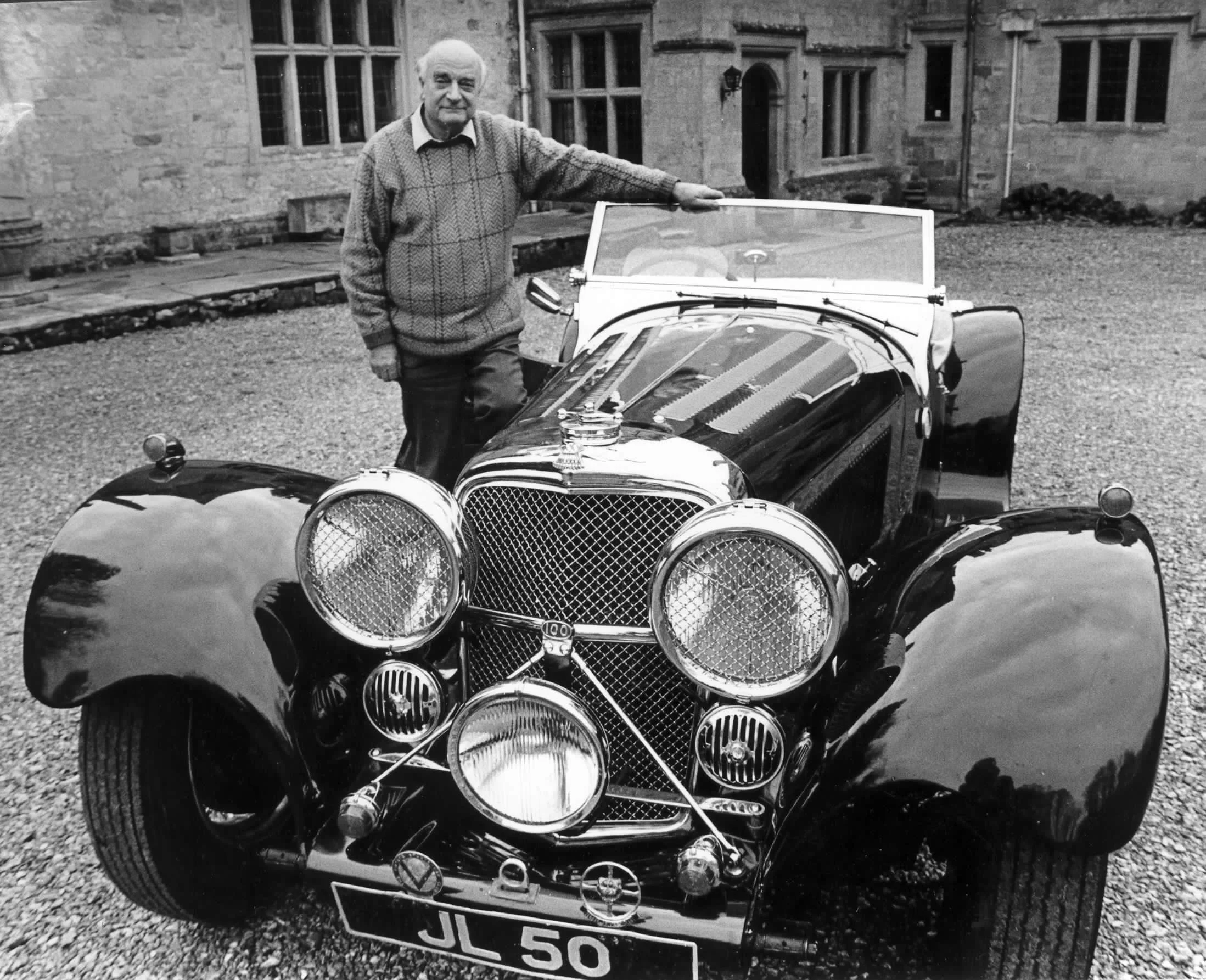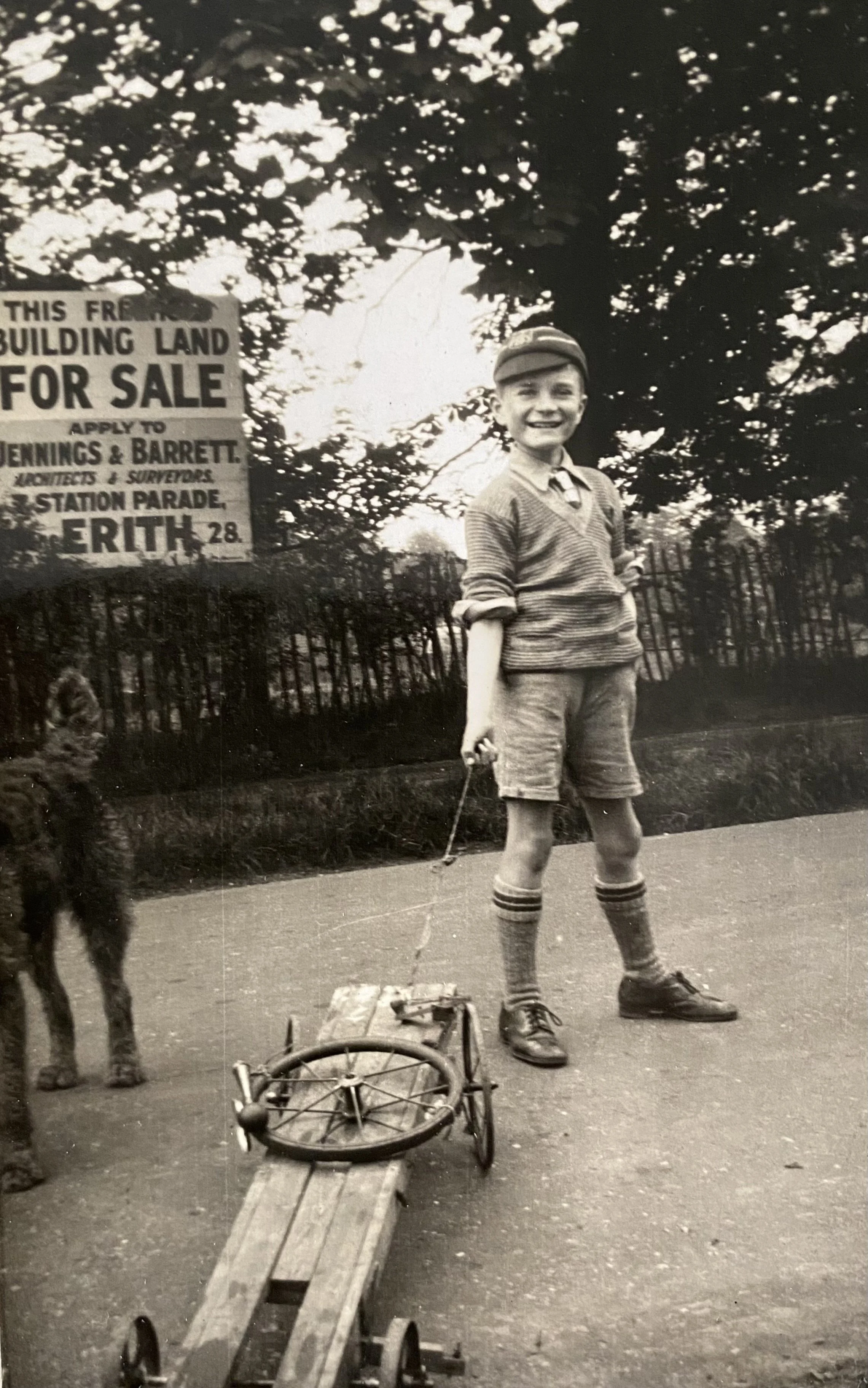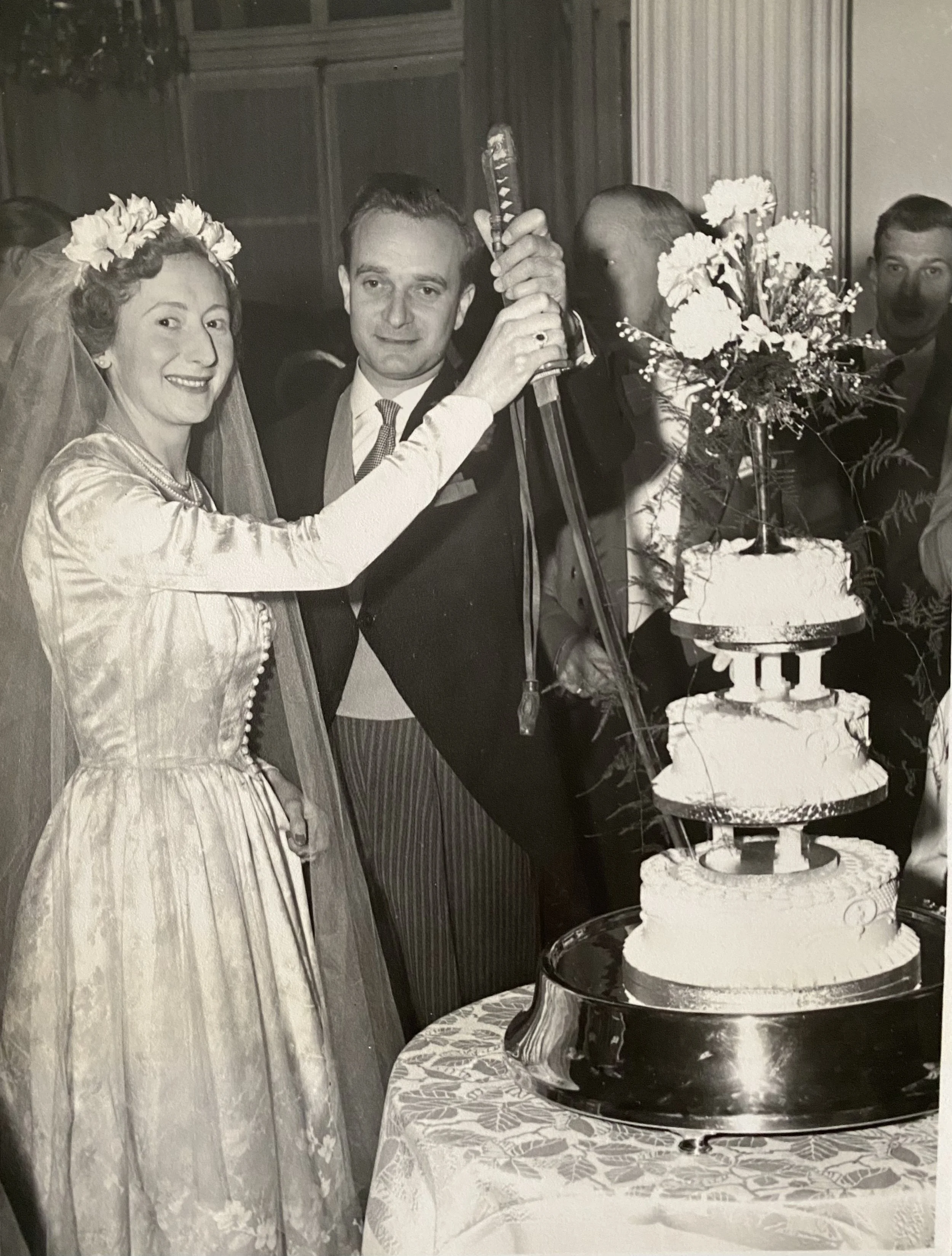About
James Leasor was one of the bestselling British authors of the second half of the 20th Century. He wrote over 50 books including a rich variety of thrillers, historical novels, histories and biographies.
His works included Passport to Oblivion (one of the best selling books of the 1960s and filmed as Where the Spies Are, starring David Niven), the first of ten novels featuring Dr Jason Love, a Somerset GP called to aid Her Majesty’s Secret Service in foreign countries, and a trilogy about the Far Eastern merchant Robert Gunn set in the 19th century. There were also sagas set in Africa and Asia, written under the pseudonym Andrew MacAllan, and the Aristo Autos tales narrated by an unnamed vintage car dealer in Belgravia.
He initially made his name with a number of critically acclaimed history books and he continued to write these in parallel with fiction for the whole of his career. Some of the most notable included The Red Fort, which retold the story of the Indian Mutiny, and the Siege of Delhi in particular, with Cecil Woodham-Smith commenting in the New York Times, “Never has this story of hate, violence, courage and cowardice been better told”; biographies of Lord Nuffield, the Morris motor manufacturer and philanthropist, Wheels to Fortune, RSM Brittain, who was said to have the loudest voice in the Army, The Sergeant-Major; and Rhodes and Barnato, which told the story of very different characters of the two great South African diamond millionaires. Who Killed Sir Harry Oakes? was an investigation of the unsolved murder of the Canadian mining entrepreneur, the richest man in the British Empire, in the Bahamas, and the role that the then Governor, the Duke of Windsor, played in the whole affair.
He also wrote a number of books about particularly unusual events that happened in the Second World War. Two of them were made into popular films, The One that Got Away (later filmed with Hardy Kruger in the starring role) about fighter pilot, Franz von Werra, the only German prisoner of war to successfully escape from British territory; and Boarding Party (later filmed as The Sea Wolves starring Gregory Peck, David Niven and Roger Moore) concerned veterans of the Calcutta Light Horse who attacked a German spy ship in neutral Goa in 1943.
Other notable books on this subject included Singapore – the Battle that Changed the World, on the fall of Singapore to the Japanese in 1942; Green Beach, which revealed an important new aspect of the Dieppe Raid, when a radar expert landed with a patrol of the South Saskatchewan regiment, which was instructed to protect him, but also to kill him if he was in danger of falling into enemy hands; The Unknown Warrior, the story about a member of a clandestine British commando force consisting largely of Jewish exiles from Germany and eastern Europe, who deceived Hitler into thinking that the D-Day invasion was a diversion for the main assault near Calais and was then pursued both by the Germans and the French Resistance as he sought the safety of the Allied Lines; and The Uninvited Envoy, which told the story of Hitler’s deputy, Rudolf Hess’ solo mission to Britain in 1941, and features first-hand accounts from many of the people involved.
Thomas James Leasor was born at Erith, Kent, on 20th December 1923 and educated at the City of London School. On leaving school, whilst waiting to join the army, he had his first foray into journalism, as a cub scout reporter for the Kent Messenger.
He volunteered for the Army in World War 2, as soon as he was old enough. He was commissioned into the Royal Berkshire Regiment and served in Burma with the Lincolnshire Regiment. In the Far East his troopship, the El Madina, was torpedoed on 16th March 1944 whilst sailing in convoy HC-44 from Calcutta to Chittagong, and he spent 18 hours adrift in the Indian Ocean. Ten crew, six gunners and 364 troops perished in the incident. He also wrote his first book, Not Such a Bad Day, by hand in the jungles of Burma on airgraphs, single sheets of light-sensitive paper which could be reduced to the size of microdots and flown to England in their thousands to be blown up to full size again. His mother then typed it up and sent it off to an agent, who found a publisher who sold 28,000 copies, although Leasor received just £50 for all its rights.
He was wounded in action (blown up by a shell) on 8th May 1944 (his mother’s birthday), in the Arakan, and treated at 25 Indian Casualty Clearing Station. In November 1944 he left Burma to become a sub-editor of Contact, a bi-weekly newspaper for India Command in Delhi and the SEAC, the forces newspaper of South East Asia Command, under the inspirational editorship of Frank Owen. He returned to Burma as an official Army Observer for the 12th Army, then in Rangoon. In February 1946 he was transferred to become an Army Observer based at HQ Malaya Command in Kuala Lumpur. During his time as an observer he travelled throughout Burma, Malaya, the Shan States and the Andaman Islands by plane and jeep. He reckoned that he had visited practically every town in these regions by the time he returned to the UK in mid-1946.
His official record shows that he wrote over 300 news stories on the Burma campaign, and also contributed features for the BBC, All India Radio, as well as for virtually every British national newspaper. His novel, NTR: Nothing to Report, is a semi-autobiographical account of many of his experiences in India and Burma during the war.
After the war he went up to Oriel College, Oxford, to read English. There he edited the Isis magazine, before joining the Daily Express, then the largest circulation newspaper in the free world. He was soon appointed private secretary to Lord Beaverbrook, the proprietor of the newspaper. One of his first tasks in this position was to help Beaverbrook write a book which was published as “The Three Keys to Success”. He later became a foreign correspondent.
He became a full-time author in the 1960s. He also ghosted a number of autobiographies for subjects as diverse as the Duke of Windsor, King Zog of Albania, the actors Kenneth More and Jack Hawkins and Rats, a Jack Russell terrier that served with the British Army in Northern Ireland during the Troubles.
His greatest interest was “old cars”, of which he owned quite a number over the years. His collection included a 1937 Cord – as driven by Dr Jason Love – and a Jaguar SS100 – as driven by the narrator in his Aristo Autos books, both of which series demonstrated Leasor’s almost encyclopaedic knowledge of cars.
He married barrister Joan Bevan on 1st December 1951 and they had three sons. He lived for his last 40 years at Swallowcliffe Manor, near Salisbury in Wiltshire. He died on 10th September 2007 and is buried in the churchyard of St Peter’s Church, Swallowcliffe.












